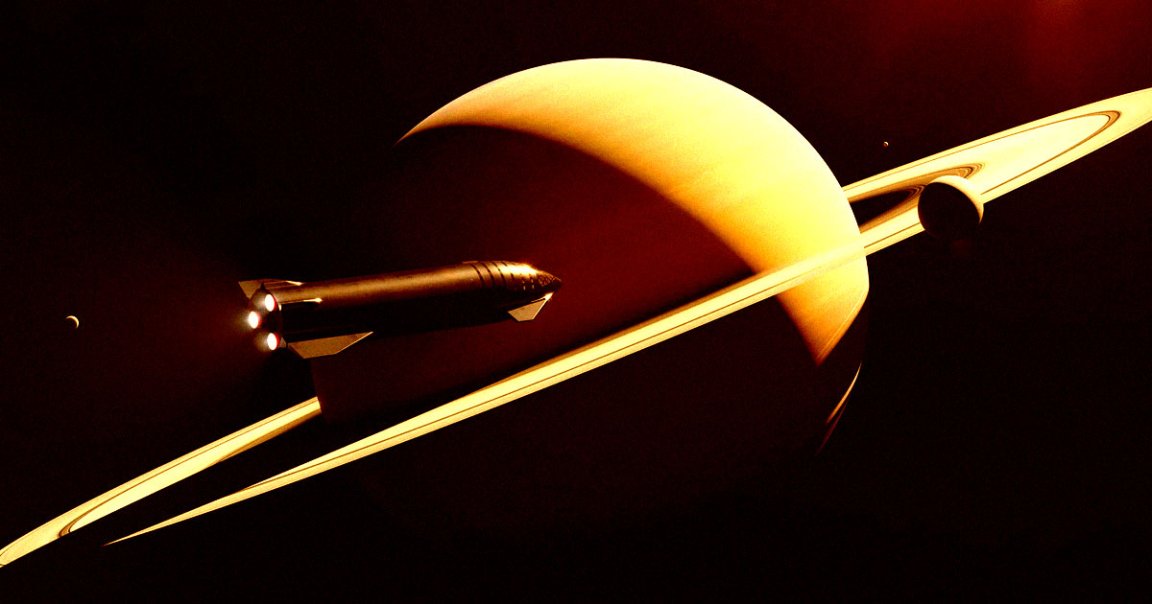
While it may seem like SpaceX CEO Elon Musk is spending most of his time making distasteful comments on his social media platform X, the billionaire says he’s still dead set on getting humanity to Mars.
In a recent post, Musk claimed that his space company’s massive Starship spacecraft is “designed to traverse our entire solar system and beyond to the cloud of objects surrounding us,” likely referring to the giant spherical shell called the Oort Cloud that surrounds the solar system.
“A future Starship, much larger and more advanced, will travel to other star systems,” he wrote, adding yet another even bigger and more ambitious step to his already grandiose vision.
Needless to say, the company has its work cut out to get there. This week, SpaceX attempted its third orbital launch of Starship, reaching an apogee of 145 miles and crossing the continent of Africa, before crashing uncontrollably into the Indian Ocean.
Despite the anticlimactic end, the launch was deemed a big success, marking a new milestone for the space company in its efforts to develop its super-heavy launch platform.
To Musk, the stainless steel rocket is humanity’s ticket to becoming an interplanetary species in the long run.
Naturally, the mercurial CEO took this week’s launch as an opportunity to offer up some characteristically — and perhaps overly — ambitious timelines.
“Starship will be on Mars within five years,” Musk argued .
To put that timeline into perspective, NASA’s Artemis 3 mission, which will involve a Starship taking astronauts from the Moon’s orbit down to the surface, was originally slated for 2025, but was pushed back to 2026.
In other words, before Starship can “traverse our entire solar system and beyond,” SpaceX still has a lot to prove — and that’s putting it lightly.
For starters, Starship still needs to be able to reliably get into orbit and make it back to the ground in one piece, which is easier said than done considering it dwarfs the company’s workhorse Falcon 9 rocket.
Then the company has to prove that one Starship can refuel another while in Earth’s orbit. SpaceX also has to develop a life support system for longer journeys through the solar system, let alone find a way to actually have enough fuel to get to its intended destination.
If it were up to Musk, future iterations of the rocket would be able to cover the 4.2 light-years to the Sun’s closest star, Proxima Centauri, and beyond. At current levels of technology, covering that distance would take around 6,300 Earth years.
In other words, humanity would likely either have to hibernate or reproduce on board to get to see another star system — unless SpaceX finds a way to break the laws of physics and travel at the speed of light with something like a warp drive, which remains an extraordinarily far-fetched possibility.
Musk, of course, is no stranger to making audacious claims about what SpaceX will mean for the future of humanity.
But whether reality will be able to keep up with his controversial vision is still written in the stars.
More on Starship: SpaceX Starship Makes It to Space, But Crash-Lands In the Ocean